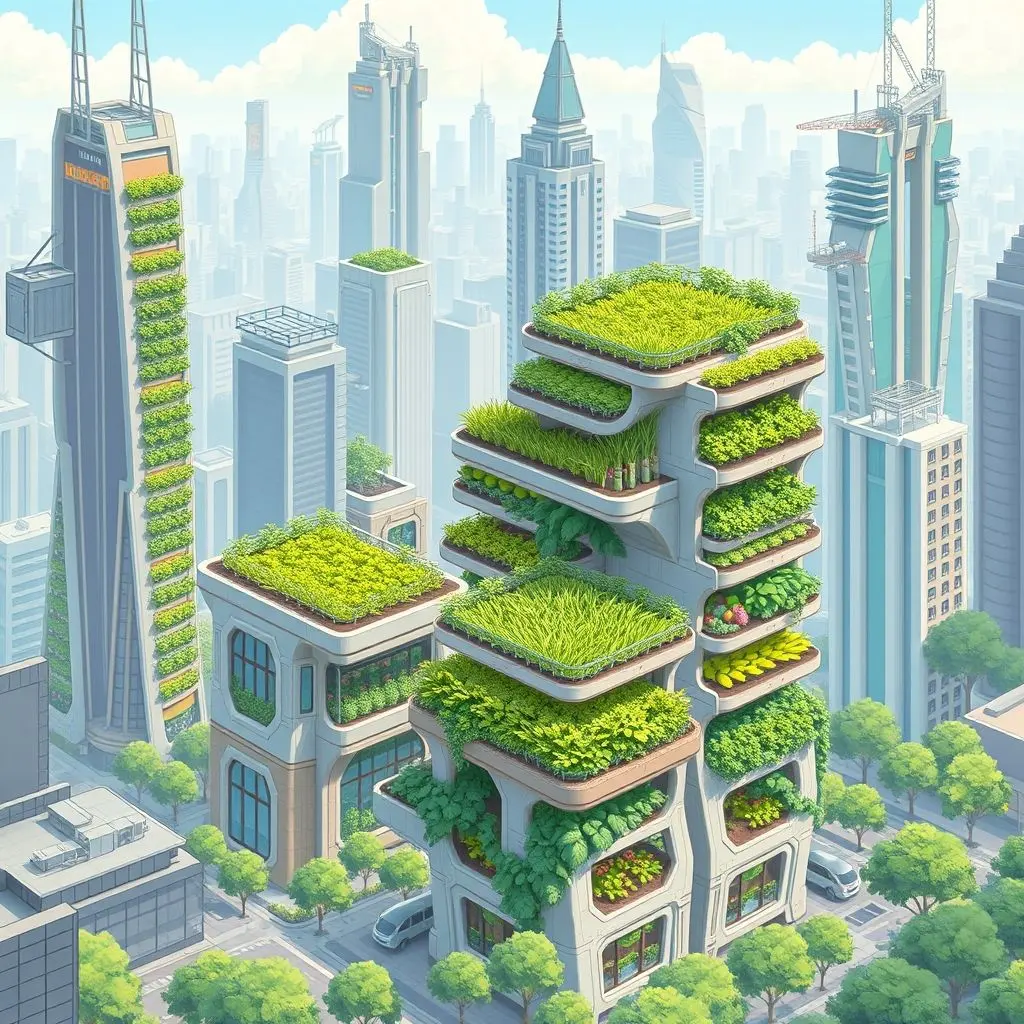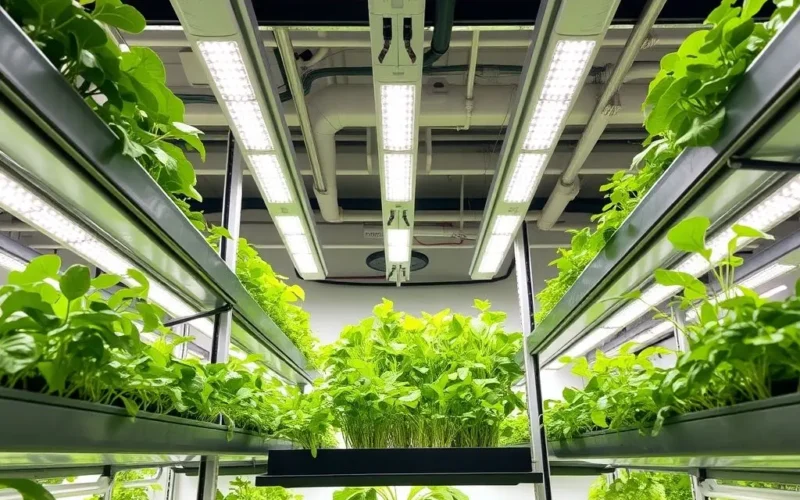Picture the city skyline – steel, glass, concrete, right? Now, imagine those towering structures not just housing offices or apartments, but bursting with life in the form of lush, green crops. Strawberries ripening on vertical racks, rows of crisp lettuce stretching upwards, fragrant herbs thriving under controlled light. This isn’t a scene from a futuristic movie; it’s the exciting reality of vertical farming bringing agriculture directly into the urban core.
This innovative approach is fundamentally changing how we think about food production and supply chains. It’s about growing hyper-local, incredibly fresh produce literally up the street from where you live or dine, using significantly less space and water than traditional methods. Think of it as Mother Nature getting a high-tech upgrade, designed specifically for the concrete jungle. Fresher food, greener cities, enhanced local food security – there’s a lot to be excited about.
Table of Contents
What Exactly is Vertical Farming?
At its core, vertical farming is the practice of growing crops in vertically stacked layers, often integrated into buildings, skyscrapers, or shipping containers. It’s a form of Controlled Environment Agriculture (CEA), meaning every aspect of the growing process is precisely managed.
Instead of relying on sprawling fields and unpredictable weather, vertical farms cultivate plants indoors under optimized conditions. Key components include:
- Stacked Layers: Plants are grown on multiple levels, maximizing yield per square foot.
- Controlled Environment: Temperature, humidity, CO2 levels, and air circulation are meticulously regulated.
- Artificial Lighting: Often using energy-efficient LEDs specifically tuned to the optimal spectrum for plant growth, replacing sunlight.
- Soilless Growing Mediums: Plants typically grow without soil, using nutrient-rich water systems like hydroponics, aeroponics, or aquaponics.
Hydroponics, Aeroponics, and Aquaponics: The Soilless Trio
While soil is the foundation of traditional farming, vertical farms largely ditch the dirt in favor of more efficient methods:
- Hydroponics: Plants are grown with their roots directly in nutrient-dissolved water. This eliminates soil-borne diseases and allows for precise nutrient delivery, often reducing water usage compared to field farming.
- Aeroponics: Considered by some to be the most water-efficient method, aeroponics grows plants with their roots suspended in the air, receiving nutrients via a fine mist sprayed at regular intervals.
- Aquaponics: This integrated system combines aquaculture (raising fish or aquatic animals) with hydroponics. The waste from the fish provides nutrients for the plants, and the plants filter the water for the fish, creating a symbiotic cycle.
Why Bring the Farm to the City? The Urban Advantage
The shift towards urban vertical farming isn’t just about novelty; it addresses several critical challenges facing modern food systems and urban populations.
Reduced Food Miles: Transporting food long distances accounts for significant energy consumption and carbon emissions. Vertical farms located within or adjacent to consumption centers drastically cut down the travel time and distance from farm to fork. Imagine produce picked in the morning and on your plate by lunch.
Unmatched Freshness and Shelf Life: With minimal travel time, produce reaches consumers at peak freshness, retaining more nutrients and flavor. Reduced handling also minimizes damage.
Less Water Usage: Soilless systems, particularly aeroponics and recirculating hydroponics, can use up to 95% less water than traditional agriculture, a critical advantage in water-stressed regions.
Year-Round Production: The controlled environment means crops aren’t subject to seasonal changes, weather events, or pests. This allows for consistent, predictable yields regardless of external conditions.
Efficient Land Use: By growing vertically, these farms require a tiny fraction of the land needed for traditional farming, making them ideal for land-scarce urban areas.
Reduced Need for Pesticides/Herbicides: The controlled indoor environment minimizes pest and disease issues, often eliminating the need for chemical sprays, resulting in cleaner, healthier produce.
Increased Food Security: Local food production reduces reliance on complex global supply chains, making cities more resilient to disruptions.
Peeking Inside the Urban Farm: The Tech That Makes it Grow
Vertical farming is as much about technology as it is about agriculture. These aren’t just passive greenhouses; they are sophisticated, data-driven operations.
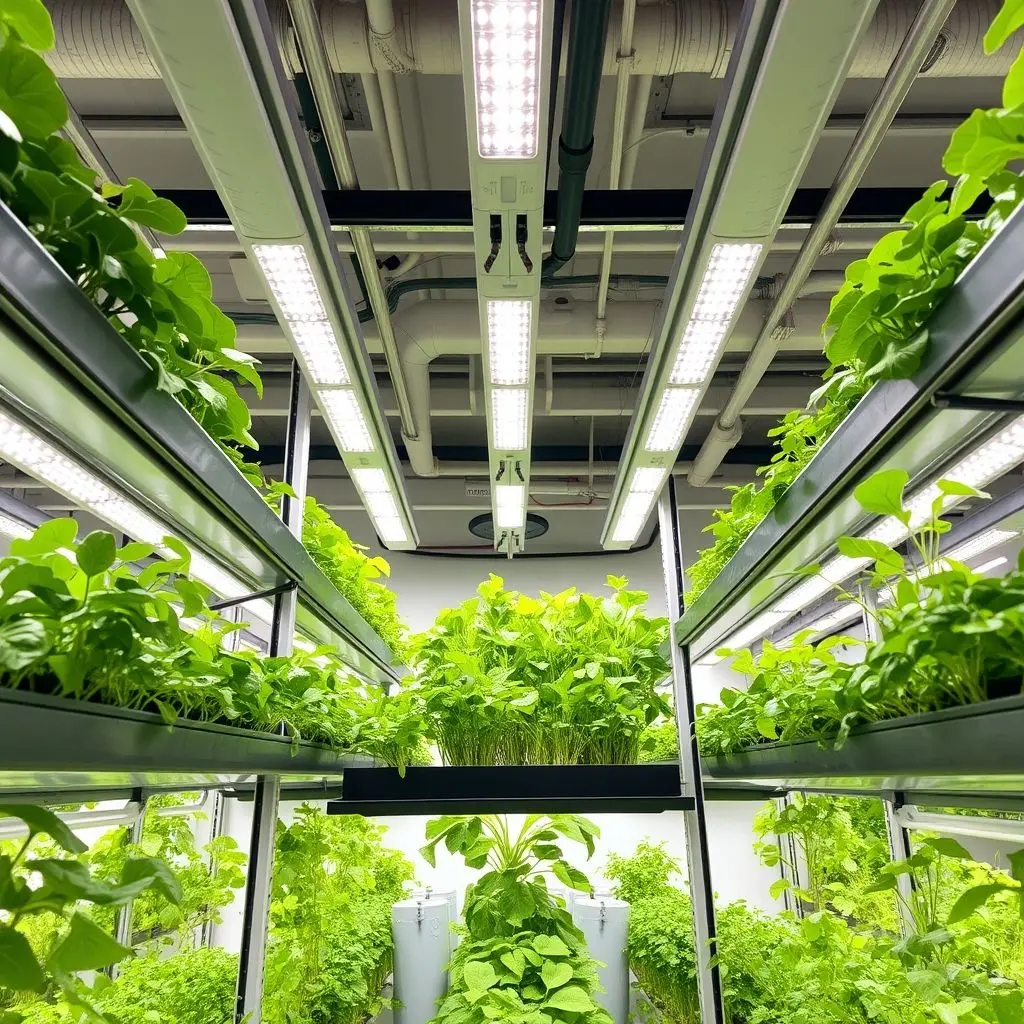
LED Lighting Systems: Perhaps the most crucial technology is the use of advanced LED lights. Unlike generic lights, these are tailored to emit specific wavelengths of light that plants use for photosynthesis. Different light spectrums can even influence plant growth, flavor, and nutritional content.
Environmental Control Systems: Sensors constantly monitor temperature, humidity, CO2 levels, and light intensity. Automated systems adjust HVAC, fans, and lighting to maintain the perfect conditions for optimal growth.
Automated Systems: From nutrient delivery to monitoring plant health and even robotic harvesting in some advanced setups, automation reduces labor costs and increases efficiency.
Data Analytics and AI: Farms collect vast amounts of data on plant growth, environmental conditions, energy usage, and yield. Analyzing this data helps optimize growing recipes, predict harvests, and identify potential issues early on.
To get a quick visual taste of this urban agricultural revolution, check out this short glimpse into the world of vertical farming:
Challenges on the Vertical Climb
While the benefits are compelling, vertical farming isn’t without its hurdles.
- High Initial Investment: Setting up a commercial vertical farm requires significant capital for infrastructure, technology, and systems.
- Energy Consumption: While LEDs are efficient, running lights, HVAC, and pumps 24/7 can result in substantial energy costs, particularly if not powered by renewable sources. This is often cited as the biggest barrier to profitability.
- Limited Crop Variety: Currently, vertical farms are most cost-effective for high-value, fast-growing crops like leafy greens, herbs, and certain berries or small vegetables. Growing staple crops like grains, potatoes, or corn vertically is not yet economically viable or practical on a large scale.
- Skill Requirements: Operating a high-tech vertical farm requires a blend of agricultural knowledge and technical expertise.
- Water Efficiency Disclaimer: While they use less water than traditional farming *per pound of produce*, the claim of saving water compared to *all* forms of traditional farming requires context, as some traditional methods in certain climates can also be relatively efficient. The key advantage is often location-based water savings and reduced runoff/pollution.
The Growing Impact on City Life
Beyond providing fresh food, urban vertical farms are poised to influence city life in broader ways.
Job Creation: They create new types of jobs, from farm operators and plant scientists to engineers and data analysts.
Community Engagement: Some farms are integrating educational programs, tours, and direct-to-consumer sales, reconnecting urban dwellers with where their food comes from.
Waste Reduction: Local production reduces spoilage during transit. Also, controlled environments can sometimes facilitate resource recovery (e.g., using captured rainwater or recycled water).
Revitalizing Urban Spaces: Vertical farms can occupy underutilized buildings or industrial spaces, contributing to urban regeneration.
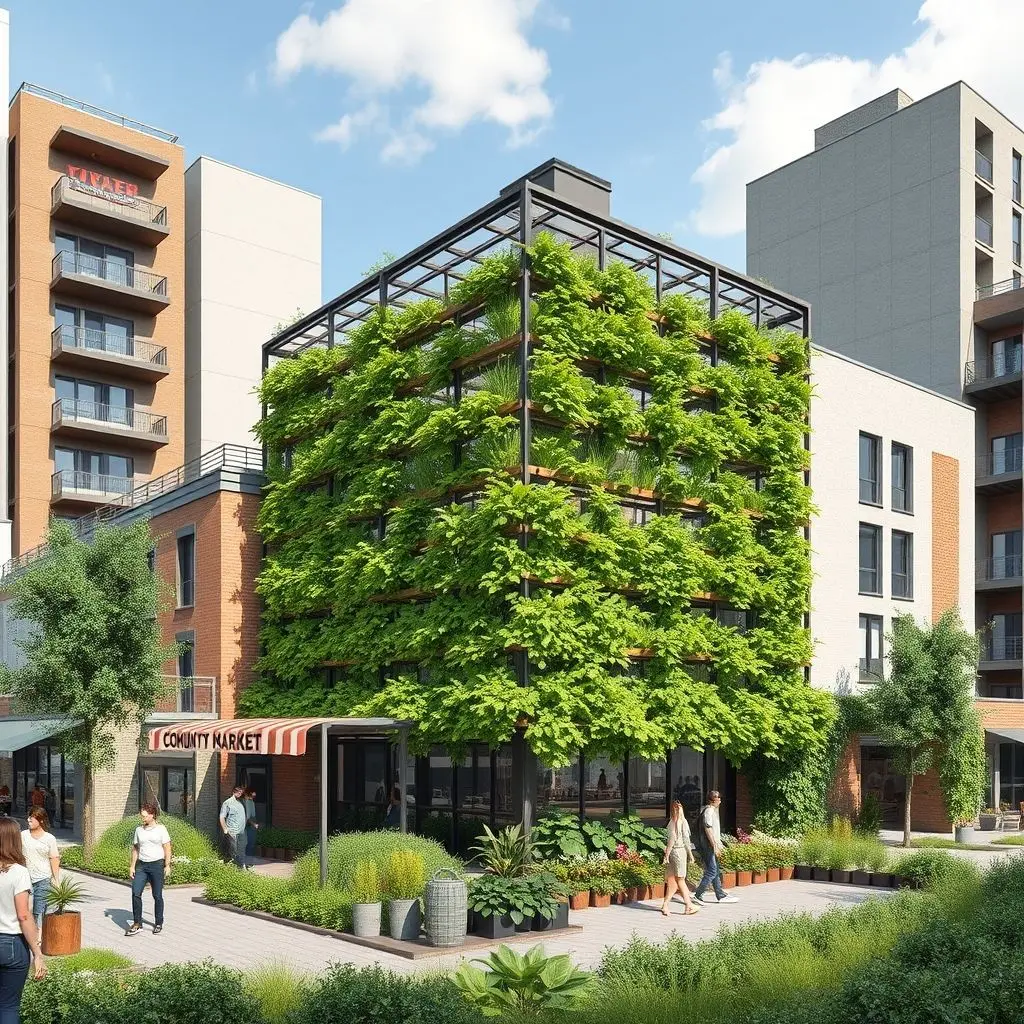
Frequently Asked Questions About Vertical Farming
Q: Is the food grown in vertical farms less nutritious than traditionally grown food?
A: Not necessarily. The precise control over nutrients, light, and environment can actually optimize nutrient content. Freshness and faster delivery also mean fewer nutrients are lost during transit.
Q: What about the taste?
A: Many people report that vertically farmed produce, especially leafy greens and herbs, tastes exceptionally fresh and flavorful due to being harvested at peak ripeness and reaching the consumer quickly. Optimized growing conditions can also enhance flavor profiles.
Q: Are vertical farms sustainable?
A: They have high potential for sustainability due to water efficiency, reduced land use, and elimination of pesticides. However, their overall environmental footprint heavily depends on the energy source. Using renewable energy (solar, wind) is crucial for truly sustainable vertical farming.
Q: Can vertical farms grow everything?
A: Currently, they are best suited for leafy greens, herbs, microgreens, and some fruiting plants like strawberries and tomatoes, which have a high value-to-space ratio and faster growth cycles. Growing staple crops like grains or root vegetables efficiently on a large scale is challenging with current technology.
Q: How expensive is produce from vertical farms?
A: Often, it can be more expensive than conventionally grown produce, especially initially, due to the high setup and operational costs (especially energy). However, as technology improves and scale increases, prices are becoming more competitive. The value proposition also includes freshness, local origin, and often being pesticide-free.
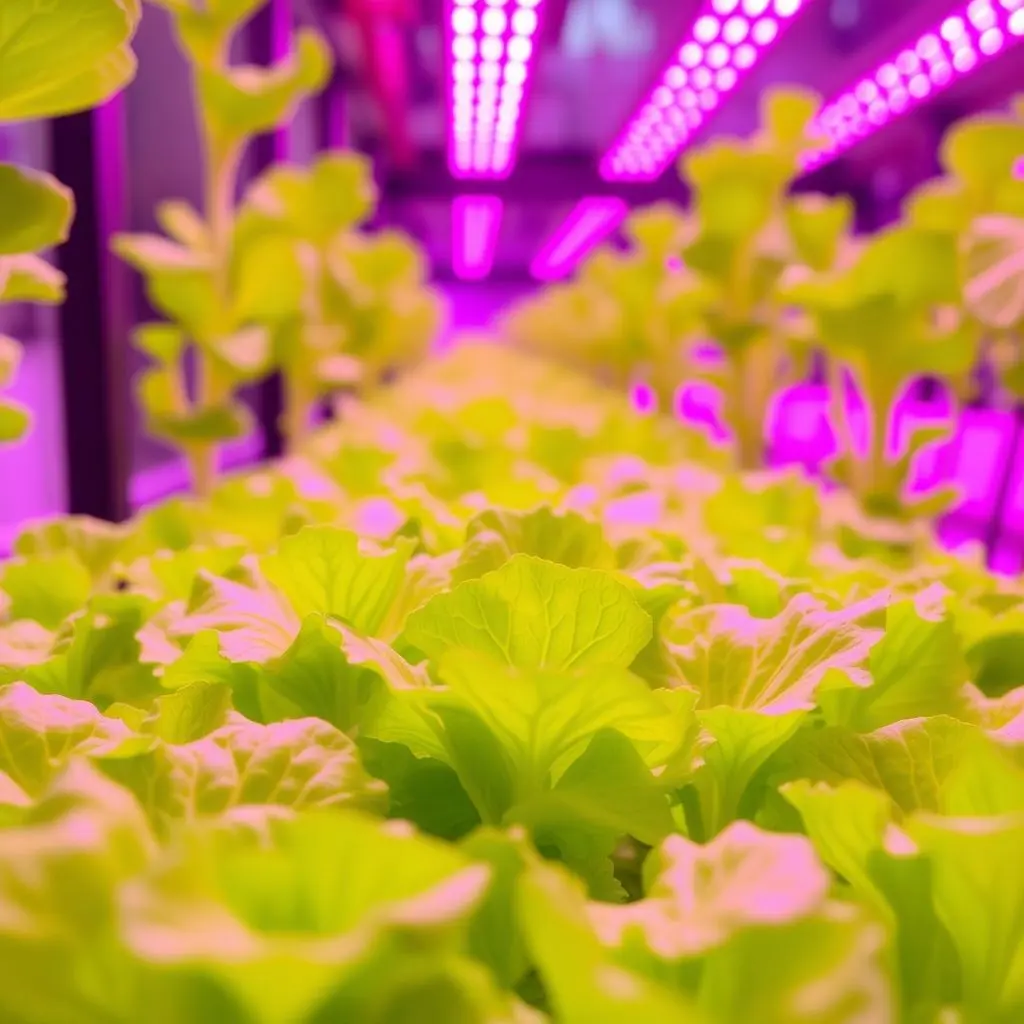
Growing Up, Not Out
As cities continue to grow and the demand for fresh, local food rises, vertical farming isn’t just an interesting concept; it’s becoming a vital ingredient in the recipe for sustainable urban living. It’s a glimpse into a future where your salad might travel only blocks, not thousands of miles, reducing environmental impact and putting fresher food on the table. The revolution is quite literally, growing upwards, transforming urban landscapes into productive food sources.
